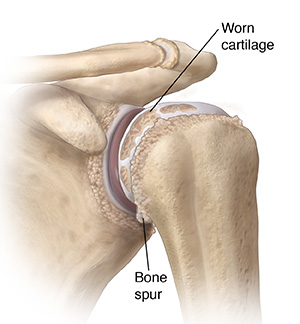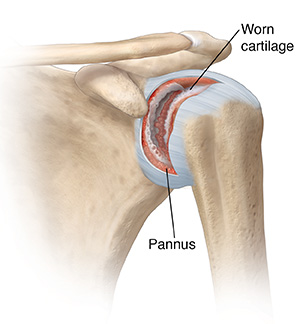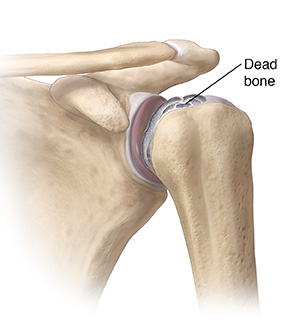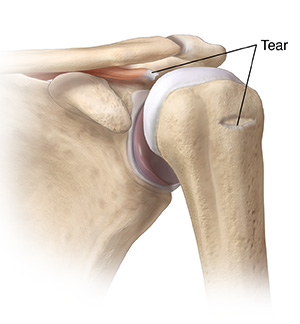Shoulder Problems
Many conditions can cause pain, stiffness, and sometimes swelling in your shoulder. These problems can be due to arthritis, injury, bone disease, or torn muscles and tendons. Even simple movements may be painful and difficult.

Osteoarthritis
Osteoarthritis is when a joint is damaged over time from wear and tear. The cartilage becomes cracked. The socket may wear down. Eventually, bone is exposed and may develop growths called spurs. Without a cushion of cartilage, your joint becomes stiff and painful. It may feel as if it’s grinding or slipping out of place when you move your arm.

Inflammatory (rheumatoid) arthritis
Inflammatory arthritis is a chronic joint disease. The membrane that lines your joints (synovium) thickens. It then forms a tissue growth (pannus). This tissue clings to your cartilage. It releases chemicals that destroy it. Your joint may become red, swollen, and warm. Pain may travel into your neck and arm. Over time, your joint may get stiff. Your muscles may weaken from lack of us. Your bone may also be destroyed.
Fracture
A break (fracture) can occur when you fall on the shoulder or on an outstretched hand or elbow. A fractured shoulder is painful. It may be black and blue and not be a normal shape.

Avascular necrosis
This is a condition where blood flow is cut off to the bone. The bone tissue then dies. A number of factors can cause it. These include long-term use of steroids or alcohol. As the bone dies, it collapses. Your shoulder becomes painful. Your movement is limited.

Rotator cuff tear
A chronic rotator cuff tear may lead to severe arthritis. As the ball rides up against your acromion, your joint becomes painful, stiff, and weak. Surgery can relieve the pain. But you may never regain full flexibility and strength.